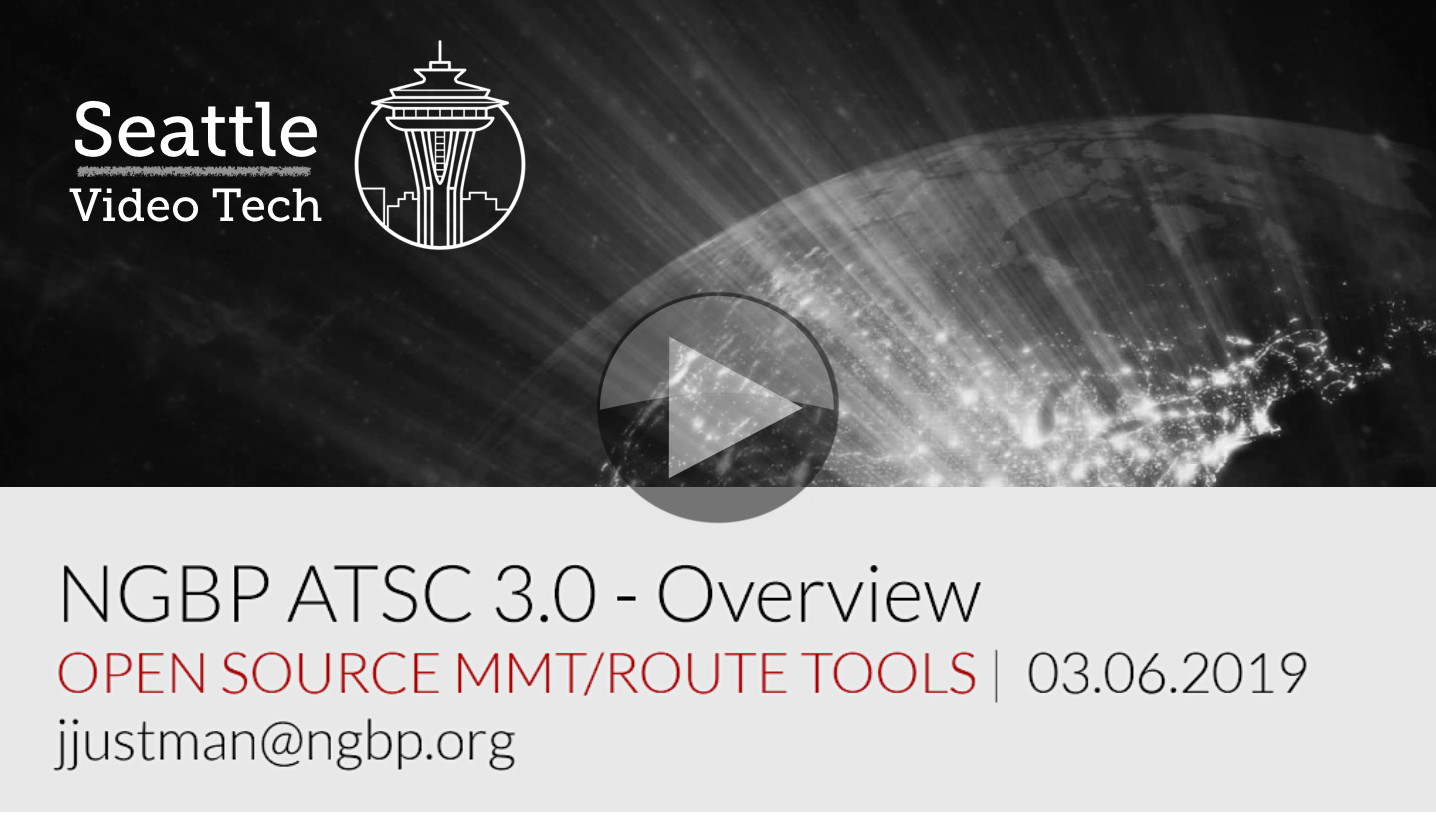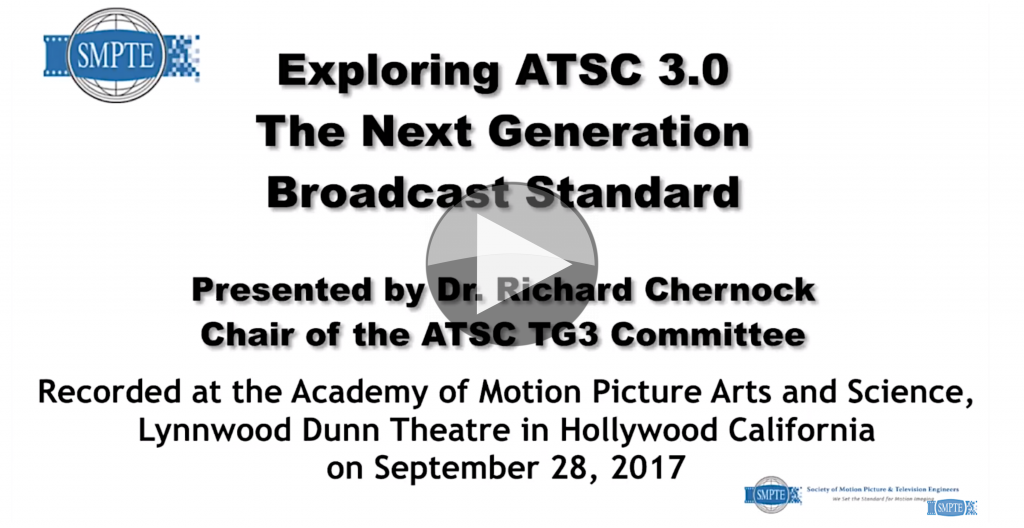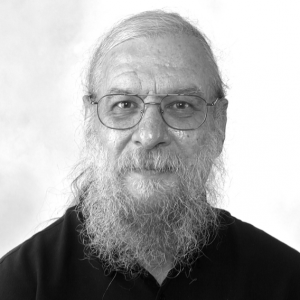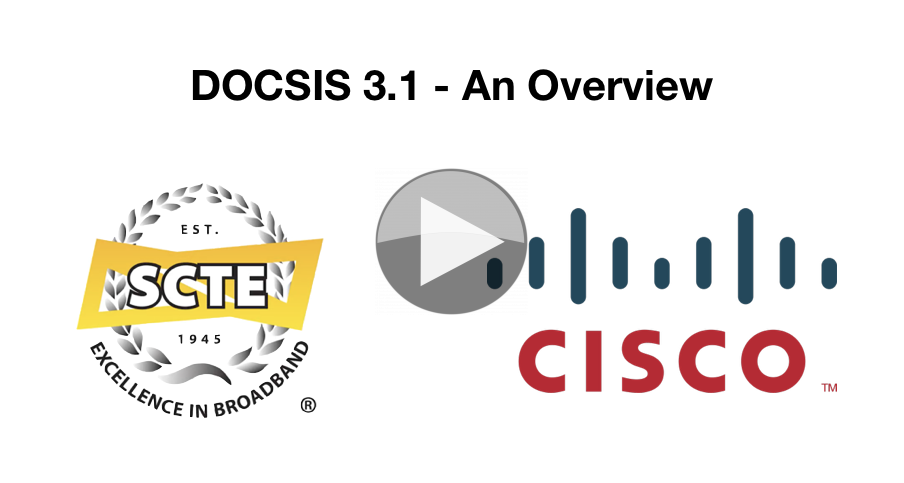Continuing our look at ATSC 3.0, our fifth talk straddles technical detail and basic business cases. We’ve seen talks on implementation experience such as in Chicago and Phoenix and now we look at receiving the data in open source.
We’ve covered before the importance of ATSC 3.0 in the North American markets and the others that are adopting it. Jason Justman from Sinclair Digital states the business cases and reasons to push for it despite it being incompatible with previous generations. He then discusses what Software Defined Radio is and how it fits in to the puzzle. Covering the early state of this technology.
With a brief overview of the RF side of ATSC 3.0 which itself is a leap forward, Jason explains how the video layer benefits. Relying on ISO BMMFF, Jason introduces MMT (MPEG Media Transport) explaining what it is and why it’s used for ATSC 3.0.
The next section of the talk showcases libatsc3 whose goal is to open up ATSC 3.0 to talented Software Engineers and is open source which Jason demos. The library allows for live decoding of ATSC 3.0 including MMT material.
Finishing his talk with a Q&A including SCTE 34 and an interesting comparison between DVB-T2 and ATSC 3.0 makes this a very useful talk to fill in technical gaps that no other ATSC 3.0 talk covers.
Watch now!
Speakers
 |
Jason Justman Senior Principal Architect, Sinclair Digital |





